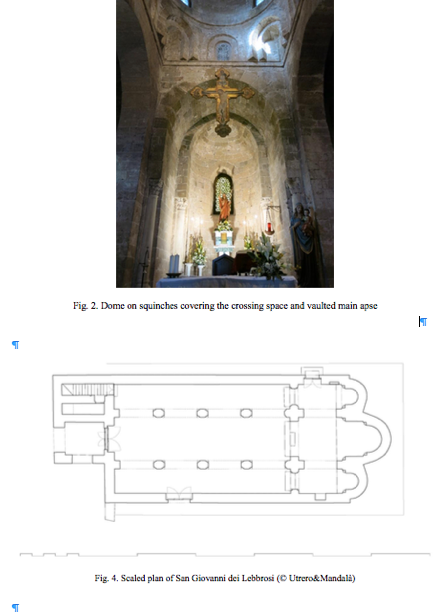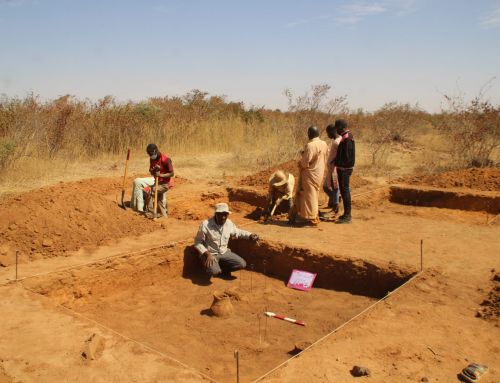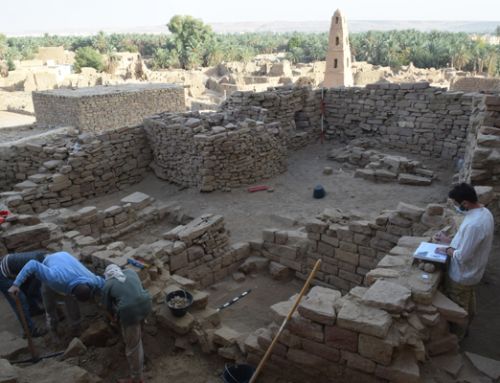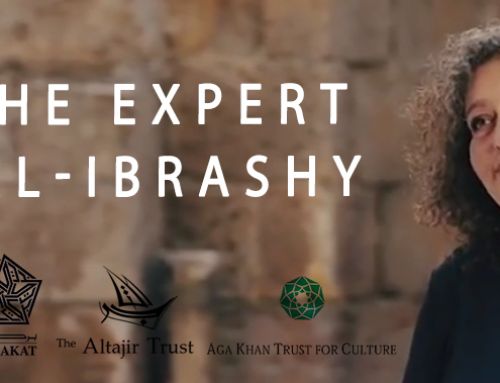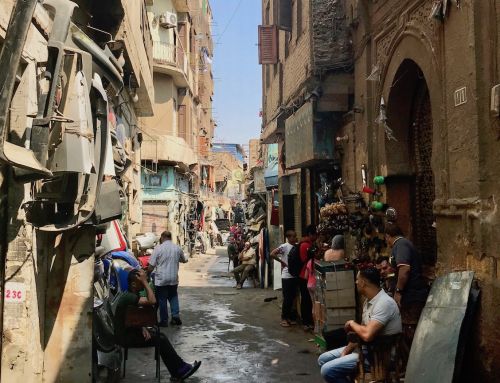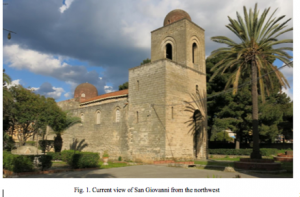
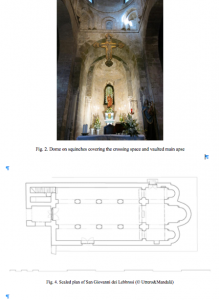
During 2014 to 2015 a team led by Mr. Agudo and Mr Mandala performed an excavation of San Giovanni dei Lebbrosi, one of the earliest Norman churches in Sicily. They were funded by the Barakat Trust (2015) and the Spanish Ministry of Culture (2014-2015)
The church is in Palermo which according to written sources was heavily populated between the 9thand the 11thcenturies. The Muslim traveller Ibn Hawqal recorded an extended network of urban spaces and counted around 300 mosques around the capital Palermo. Needless to say it is a definite possibility that San Giovanni dei Lebbrosi has had Arabic and Islamic influences. Indeed sources describe Norman Islamicate architecture as being comprised of Arab-Islamic, Byzantine and Latin traditions. Creating what some have deemed an eclectic form of architecture.
The complex of San Giovanni is located in the South Shore of Palermo, on the ancient right bank of the river Oreto at one of the main access points of the city. This area is likely within the vicinity of the Islamic neighbourhood of al-Ja’ farriqa.
The following work has been developed and completed :
- Compilation of previous literature on the topic and review of medieval written records about the site. Some of these records are held at the following archives ; Archivio di Stato di Palermo; Archivio Storico Diocesano di Palermo; Archivio Storico Comunale; Soprintendenza per i Beni Culturali della Provincia di Palermo, Biblioteca Centrale della Regione Siciliana “A. Bombace” and Biblioteca Comunale di Palermo.
- – Topographic and drawing survey of the interior and exterior of the building, along with the surrounding structures (this only in plan; see Annex bellow). This activity has included a first phase of fieldwork (topography and photography to produce the plans using the rectified photography system) and a second phase of office work (edition of plans).
- Archaeological analysis of the whole church by using recording sheets (see Annex below) and the drawings, and by taking complementary photography of the site.
- Synthesis and organisation of recorded data, building up the sequence (Harris matrix) and transferring it to plans (in progress).
- Archaeometry of mortars (six samples). Laboratory analyses are still ongoing.
The team further received a gracious grant from the Barakat trust in 2016.

